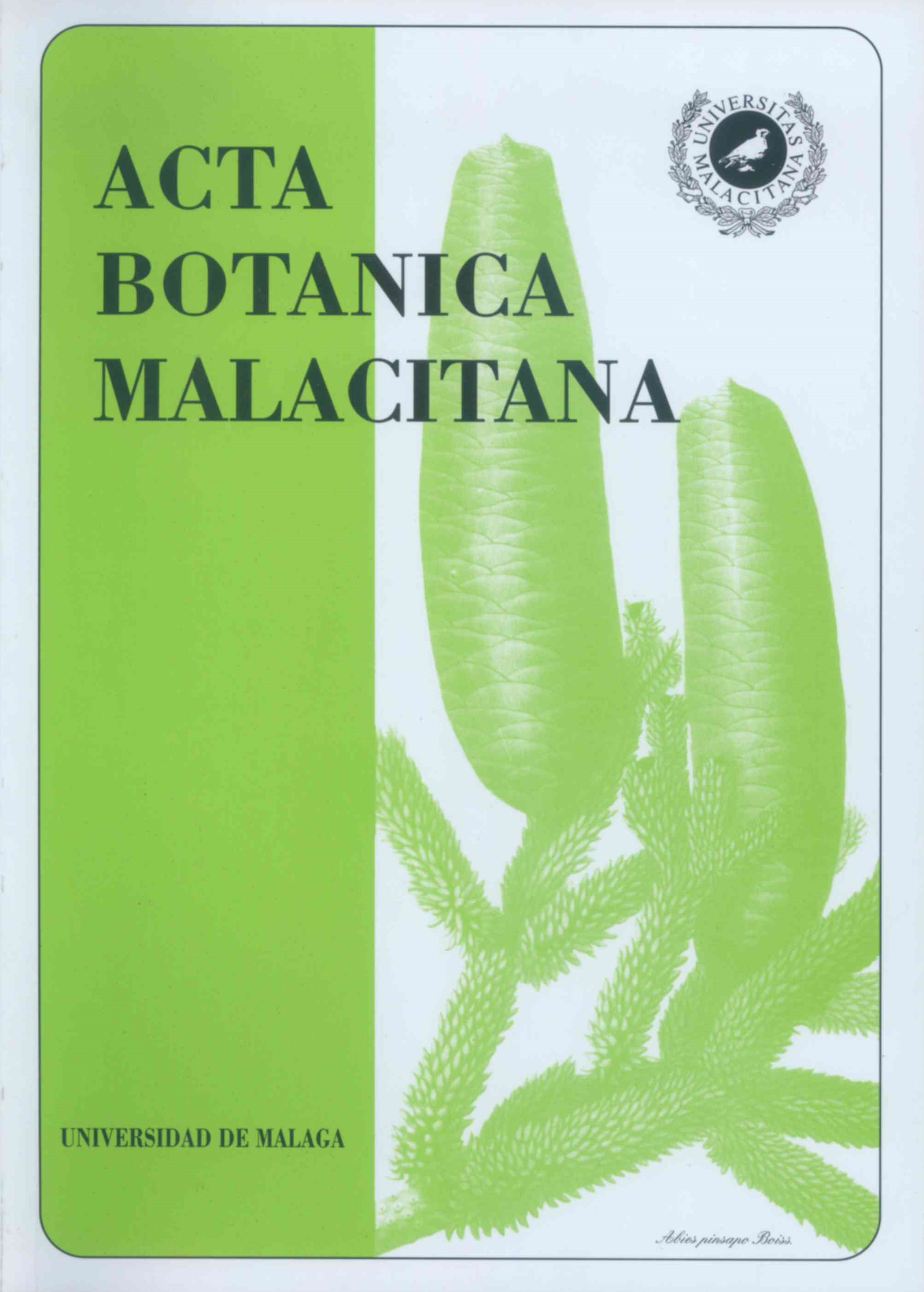Rigorous fundamentals of classification of light-induced behaviour from freely motile microorganisms.
DOI:
https://doi.org/10.24310/abm.v27i0.7324Abstract
SUMMARY. Rigorous fundamentals of classification of light-induced behaviour from freely motile microorganisms. The revision of terminology and classification principles of the types of light—dependent movement behaviour of freely motile organisms and their populations has demonstrated the presence of various classification systems being the source of the terminological confusion. It is shown that the present classification and definition of the terms had a number of logical mistakes. The primary meaning of the term "phototopotaxis" which implies any light- dependent movement behaviour of freely motile organisms is proposed. It is possible to use the restored term "phototopotaxis" for definition of the movement oriented relative to the light stimulus. The parametrical principle of the classification of the types of phototaxis for a single or a population of cells is recommended for the first time. According to this principle it is possible to put in order the available facts and terminology on the strict logical basis, to forecast the dependence of the movement parameters of the biological objects on the light stimulus characteristics which has been not established till now, and to develop the program of further research. The parametrical principle could also be used for the classification of taxa induced by any stimuli. The photoreaction (immediate response to any change of the light stimulus) of freely motile organisms is discussed as a part of the more general meaning - phototaxis.
Key words. Algae, classification, photomovement, terminology.
RESUMEN. Fundamentos rigurosos de la clasificación del comportamiento inducido por la luz de microorganismos móviles. La revisión de la terminología y principios de la clasificación de los tipos de movimientos dependientes de la luz en organismos móviles, así como en sus poblaciones, ha mostrado la existencia de diferentes sistemas de clasificación incongruentes entre sí, y que dan lugar a una gran confusión de términos. En particular, cl sistema actual de clasificación y definición de términos adolece de ciertos errores relacionados con la lógica formal. Se propone el uso del término "fototopotaxis" en su definición inicial, cualquier movimiento de un organismo móvil que es dependiente de la luz. Así, se puede usar este término para definir el movimiento en relación a la orientación relativa de la fuente de luz. Se sugiere, por primera vez, cl uso del principio parametric° de la clasificación de los tipos de fototaxis, bien para una sola célula o para una población de células. De acuerdo con este principio, es posible poner orden en la terminología relacionada con los tipos de movimiento siguiendo estrictamente los criterios dc la lógica formal, predecir la dependencia de los pardmetros de movimiento del obcjto biológico en relación a las características del estímulo lumínico (lo cual no se había tenido en cuenta hasta ahora), y desarrollar futuros programas de investigación. El principio parametric° de clasificación también podría usarse para la clasificación de los taxa, en relación con cualquier tipo de estímulo. Se discute el significado del termino fotoreacción (respuesta inmediata cualquier tipo dc cambio en el estímulo lumínico), aplicable a organismos móviles, en el contexto más amplio de la fototaxis.
Palabras clave. Algas, clasificación, fotomovimiento, terminología.
Downloads
Metrics
Downloads
Published
How to Cite
Issue
Section
License
Those authors who publish in this journal accept the following terms:
a. The authors will retain their copyrights and guarantee the journal the right of first publication of their work, which will be simultaneously subject to the Creative Commons Attribution-Non-commercial 4.0 license whose full text can be found at <http: // creative commons .org / licenses / by-nc / 4.0> that allows third parties to share the work as long as its author and its first publication are indicated, and as long as it is not for commercial purposes.
b. Authors may adopt other non-exclusive licensing agreements for the distribution of the version of the published paper (e.g., deposit it in an institutional telematic file or publish it in a monographic volume) provided that the initial publication in this journal be indicated.
c. Authors are allowed and recommended to disseminate their work through the Internet (e.g., in institutional telematic archives or on their websites) before and during the submission process, which can produce interesting exchanges and increase citations of the published work. (See The effect of open access)







1.png)
